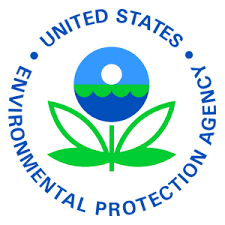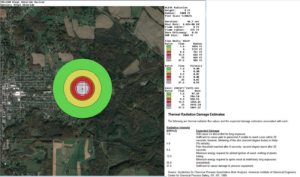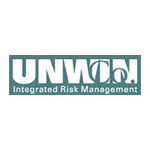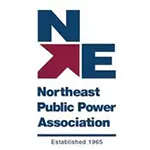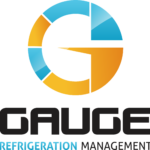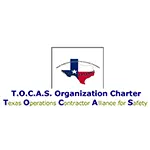Let us help you make sense of PSM / RMP!
My friend Brian Chapin will be offering an open-enrollment PSM/RMP class in Burleson, Texas, July 8th to 11th, 2025. Brian is an absolute pro in NH3 Refrigeration Process Safety. Anyone who attends will also get a FREE membership to SAFTENG. You can get more information on the class with this link.
CLICK HERE to Renew your Membership
CLICK HERE for a NEW Membership
CLICK HERE to see eligibility requirements for FREE Membership
If you have any questions, please contact m
SAFTENG has:
- Over 18,000 categorized unsafe acts/conditions and accident/injury photos
- Over 1,500 ppt's & doc's in the SAFTENG Library
- Over 4,000 Technical Articles on Process Safety, Emergency Response & OSH topics
- Over 450 videos (those not allowed on YouTube Channel)
Many THANKS to my NEW Members and those who CONTINUE to support SAFTENG:









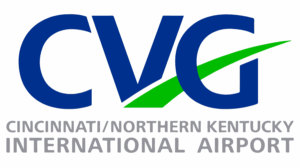




December 15, 2024
Please remember, these principles were proposed over 100 years ago! Mr. Heinrich may not have been 100% correct in all his beliefs, but I would go as far as to say that if a business today were to embrace his principles from the 1920s, it would see significant improvements in both culture and performance. Industrial executives do not need to know all the details of an accident prevention method, but...
Read More
December 14, 2024
SAD! AED flagged for expired parts before HISD student’s death, per yearly inspection But we see it more often than not. A company invests in AEDs and then does not maintain them, leading to a false sense of safety. We usually get pushback when we write them up in audits, as the business will claim there is no OSHA standard requiring inspection/maintenance of AEDs. So my friend and former right-hand...
Read More
December 13, 2024
A jury trial is set for the former employee charged in the February home explosion that killed one volunteer firefighter and injured 13 more people. He is facing a felony charge of involuntary manslaughter and three other misdemeanors relating to the unlawful transfer, release, maintenance, and control of liquid petroleum gas. The worker, 67, has been released on a $5,000 unsecured bond and is prohibited...
Read More
December 13, 2024
This week, EPA finalized a rule to ban some uses of CTC that have already ceased and establish robust workplace protections, including a Workplace Chemical Protection Program (WCPP), including an inhalation exposure concentration limit, direct dermal contact controls, and related workplace exposurecontrols, and prescriptive controls, for uses not prohibited to address the unreasonable risk to human...
Read More
December 13, 2024
OSHA has released comprehensive data collected on more than 890,000 workplace injuries and illnesses at more than 91,000 workplaces in calendar year 2023, including incident-level details on the conditions and circumstances of injury and illness events. Federal electronic recordkeeping and reporting requirements require certain employers to use OSHA’s Injury Tracking Application to submit injury and...
Read More
December 12, 2024
There has been a lot of armchair quarterbacking regarding the decision to Vent & Burn the VC railcars in East Palestine, OH. My personal and professional opinion, knowing what I knew at the time, was that V&B was the correct decision. These decisions are always challenging to make, but failing to perform V&B on these cars left the potential for a BLEVE (of sorts) to occur. I have posted...
Read More
December 12, 2024
The gas main explosion caused 30 homes in Wessington to be evacuated. A company and contractor have been fined after a gas main explosion led to the evacuation of 30 homes in a village. Residents were forced to leave their properties on 21 June 2022 after a worker struck the underground gas main while installing fencing, causing the explosion. The Health and Safety Executive (HSE) said the blast led...
Read More
December 12, 2024
I have written extensively about pressurized containers in the fire safety arena catastrophically failing and leading to injuries. But this event is new to me. I have no idea what “detonators” are used for in a fire protection system; can anyone who does this for a living explain? UPDATE: Many THANKS to everyone for sending me more info. The source of the explosion was fire suppression...
Read More
December 12, 2024
Under the Clean Air Act Amendments of 1990, the U.S. Environmental Protection Agency (EPA) has the statutory authority to set phase-out dates for ozone-depleting substances (ODS) and to evaluate potential risks posed by proposed ODS substitutes. Under the terms of the Montreal Protocol on Substances that Deplete the Ozone Layer, EPA promulgated regulations to phase out the production of Halon 1301....
Read More
December 12, 2024
A manufacturer and distributor of specialty silicone chemicals will pay $1.3 million in penalties after an explosion and fire at its Waukegan plant in May 2019 claimed the lives of four (4) workers. The Occupational Safety and Health Administration reached a settlement agreement with the company after an investigation revealed the facility failed to ensure electrical equipment complied with OSHA standards....
Read More



